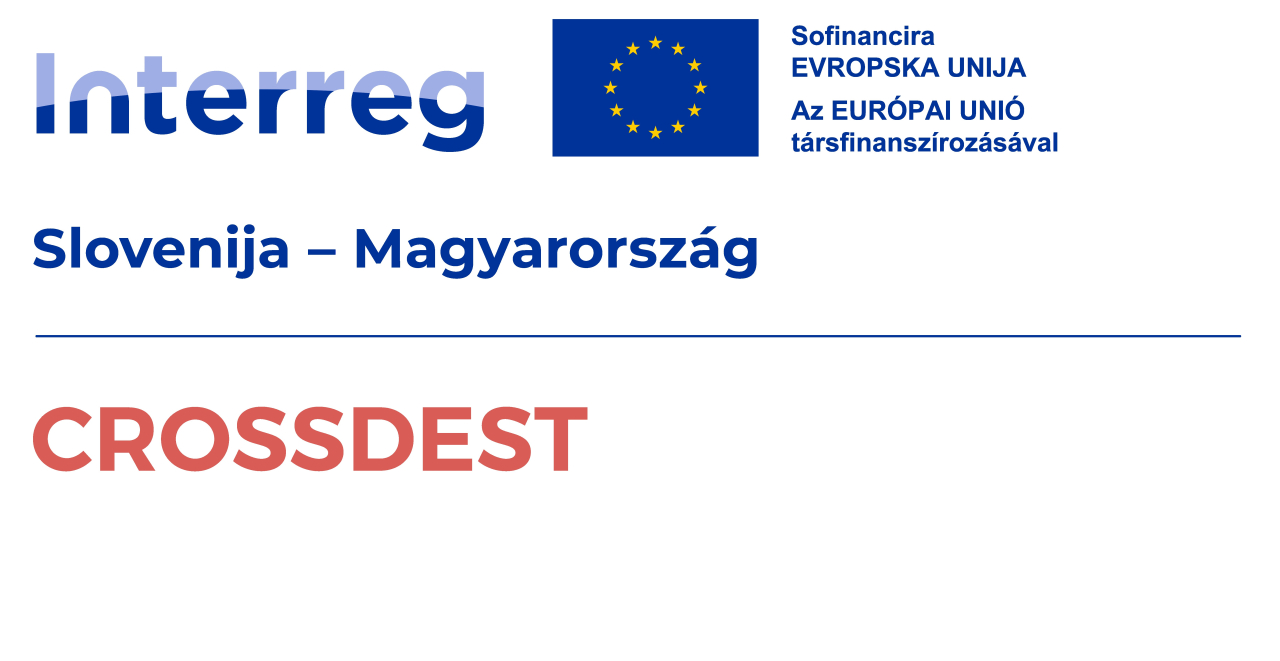
-
 9,5
9,5Baglyaskő – Locally Protected Natural Heritage Site
Baglyaskő Natural Site, near Salgótarján, is a unique example of sustainably showcasing geological, cultural, and ecological values. This location offers an exceptional experience for visitors interested in sustainable tourism.
-
 9,5
9,5Former Quarry of Sámsonháza, Geological Interpretive Site
The former quarry located on the southern peak of Vár Hill, near the village of Sámsonháza, is one of the outstanding geotourism sites of the Novohrad–Nógrád UNESCO Global Geopark.
-
 9,5
9,5Hajnáčka castle
The iconic symbol of Ajnácskő is the basalt rock rising in the village center, preserving unique natural and cultural values due to its volcanic origin. Shaped by ancient forces, the rock formation—described by geographer János Hunfalvy as a place where "history merges with legend"—holds significant geological and archaeological importance.
Szlovákia, 980 33 Ajnácskő -
 9,5
9,5Hermit Dwellings of Szentkút
The Hermit Dwellings of Szentkút represent a unique fusion of nature and spirituality, of geological history and human presence. Through a sustainable tourism approach, these values can be preserved for future generations. The site is easily accessible on foot and integrates well with the region’s thematic hiking trails, geo-tourism initiatives, and environmental education programmes.
Magyarország, 3077 Mátraverebély -

Ipolytarnóc Fossils
The Ipolytarnóc Fossils Nature Conservation Area is globally recognized as a significant paleontological site. This showcase site, which holds a European Diploma, is known as an area buried by a volcanic catastrophe 20 million years ago, often referred to as the "ancient Pompeii."
Hungary, 3138 Ipolytarnóc
-
 9,5
9,5Kazár Rhyolite Tuff
The Kazár rhyolite tuff exposure is one of the most fascinating natural sites of the Cserhát Hills, representing both a remarkable trace of geological history and a unique example of the human–nature relationship. Located just northwest of the village of Kazár, this site is freely accessible as part of the Nógrád Geopark, making it a popular destination for geology enthusiasts and nature lovers alike.
-
 9,5
9,5Kőlyuk of Kishartyán – A Gateway to the Miocene Past in the Novohrad–Nógrád Geopark
Located on the western edge of the village of Kishartyán, the Kőlyuk (“Stone Hole”) is a striking natural cavity carved into a limestone cliff.
-
 9,5
9,5Ruins of Szanda Castle
Szanda Castle stands atop a 529-metre-high volcanic hill composed of andesitic tuff, offering one of the most scenic panoramas of the Cserhát region. Located near the village of Szanda, the castle ruins are not only a relic of Hungary’s medieval past but also a prominent geosite within the Novohrad–Nógrád UNESCO Global Geopark, where geological and cultural heritage intertwine.
-
 9,5
9,5Saint Ladislaus' Ravine
Mátraverebély-Szentkút is a place where legends come alive, where springs still flow from ancient myths, and where every visitor can make a difference — within themselves, in the community, and in the natural world.
Magyarország, 3077 Mátraverebély -
9,5
Salgó Castle
Salgó Castle is a one-of-a-kind destination where visitors can relive medieval legends and battles while discovering the deep geological history of the Earth beneath their feet. It is a place where history, nature, local identity, and sustainability converge—deserving recognition as a flagship attraction of the region.
-
 9,5
9,5Somoskő Castle
Perched atop a volcanic cone above the village of Somoskő, now part of Salgótarján in northern Hungary, Somoskő Castle is more than just the ruin of a medieval stronghold. It is a unique intersection of Hungarian history, geology, and tourism. With its stunning setting and rich heritage, the castle and its surroundings are a highlight of the border region between Hungary and Slovakia.
-
9,5
The National Shrine of Mátraverebély-Szentkút
Mátraverebély-Szentkút is a place where silence becomes presence, and where water not only quenches thirst, but opens the soul. A pilgrimage site that honours the past, serves the present, and embraces responsibility for the future—a model destination for sustainable, values-driven tourism.


